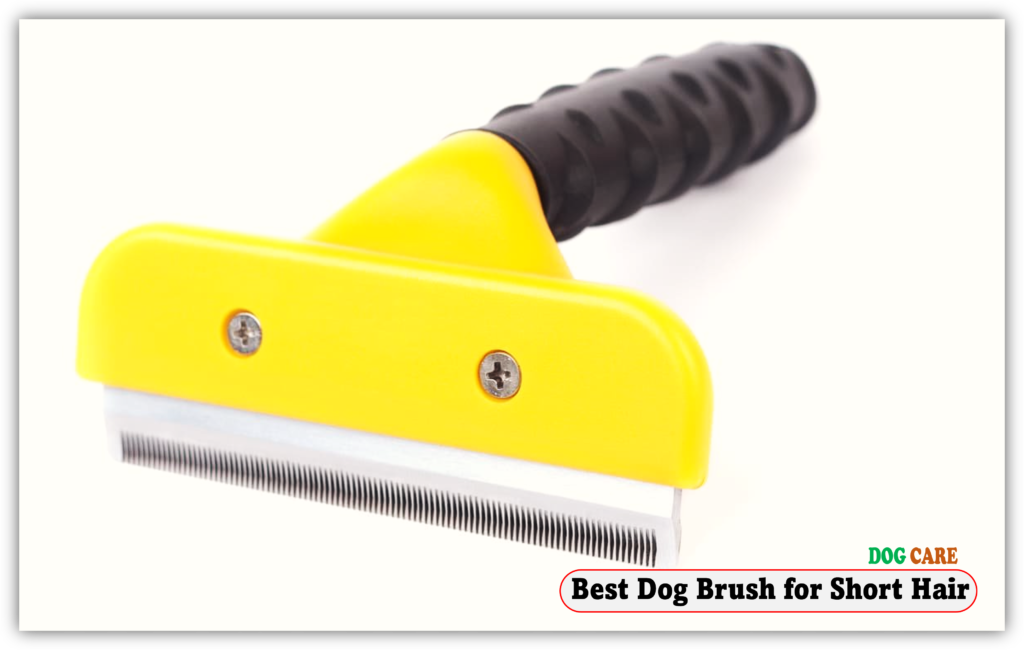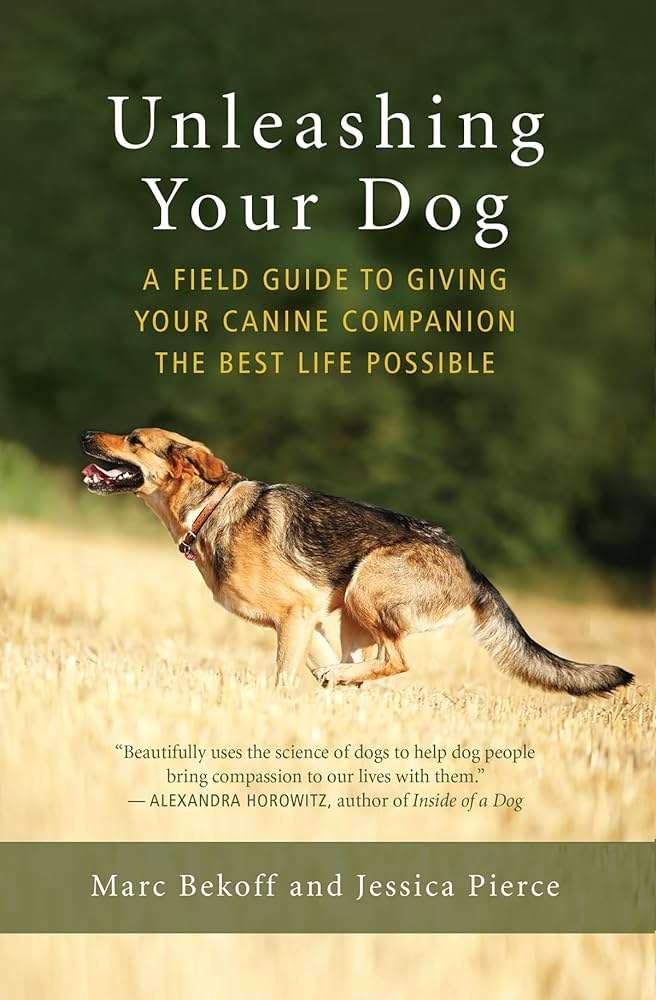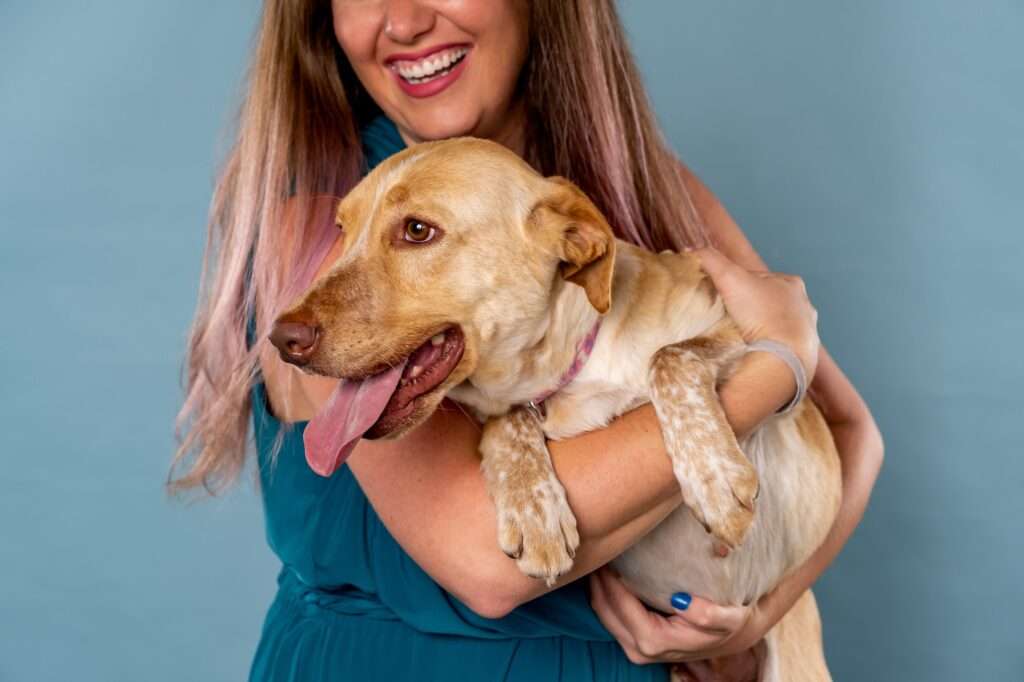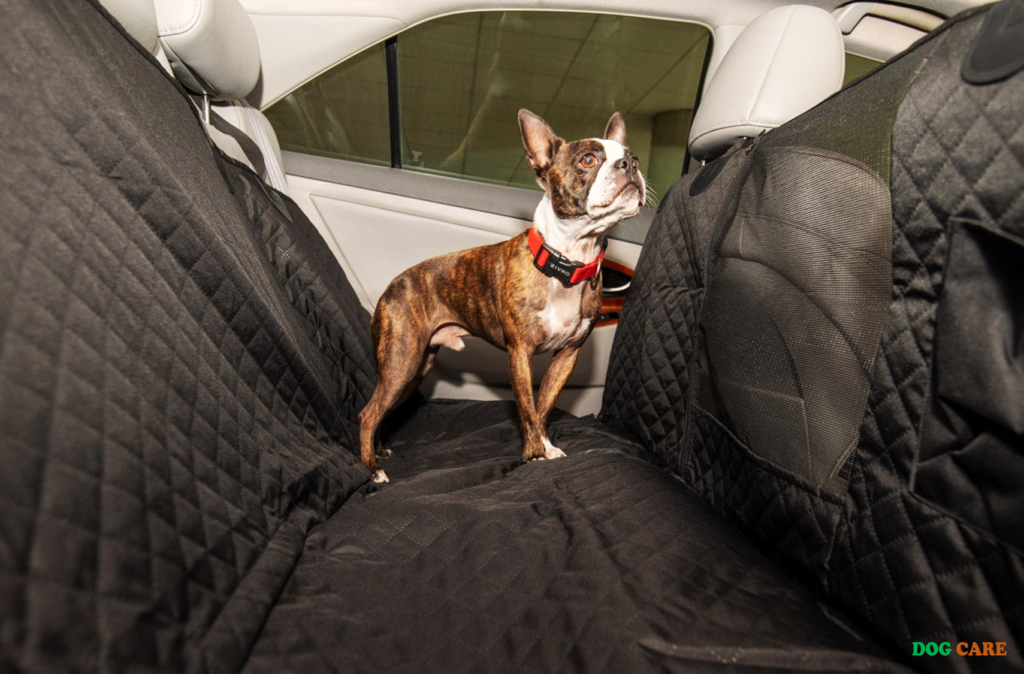The Best Dog Brush for Short Hair is the slicker brush as it effectively removes loose hair and tangles. A slicker brush is a must-have grooming tool for short-haired dogs.
It is specifically designed to handle their unique coat type by effectively removing loose hair and tangles. Short-haired dogs tend to shed, and using a slicker brush helps in reducing shedding around the house by capturing loose hair before it falls out.
This type of brush has fine, short wires close together, which are gentle on your dog’s skin while efficiently removing hair mats and tangles. Regular brushing with a slicker brush also promotes healthy blood circulation and distributes natural oils, resulting in a shiny and well-maintained coat for your furry friend.

Why Regular Brushing Is Important
Regular brushing is crucial for maintaining the health of your dog’s short hair. Discover the best dog brush that effectively removes loose hair and promotes a shiny coat in just a few strokes.
Regular brushing is crucial for maintaining the overall health and wellbeing of your short-haired furry friend. It provides a myriad of benefits that go beyond simply keeping their coat looking neat and tidy.
Prevents Shedding
One of the primary reasons why regular brushing is essential for your short-haired dog is that it helps prevent excessive shedding. By brushing their coat regularly, you remove loose hair and prevent it from ending up all over your furniture, clothes, and floors. Reduced shedding also means fewer allergies caused by pet dander, creating a cleaner and healthier environment for both you and your four-legged companion.
Keeps Coat Healthy
Regular brushing keeps your dog’s coat healthy by distributing natural oils throughout their fur. These oils help moisturize the skin and keep the coat shiny and lustrous. Additionally, brushing promotes blood circulation in the skin, stimulating the production of new and healthy hair.
Dogs with short hair may not require as much grooming as their long-haired counterparts, but that doesn’t mean regular brushing should be overlooked. Consider incorporating it into your routine to prevent matting, tangles, and the formation of pesky knots.
Remember, a healthy coat means a happy and comfortable pup!
Features To Look For In A Dog Brush
When it comes to grooming your dog with short hair, finding the right brush is essential. A good dog brush will not only help remove loose hair and prevent shedding, but it will also promote a healthy coat and skin. To ensure you choose the best dog brush for your furry friend, consider these important features:
Bristle Type
One of the key factors to look for in a dog brush is the bristle type. Different bristle types are suitable for different coat types, so it’s crucial to select one that works well with your dog’s short hair. Slicker brushes with fine, short bristles are ideal for short-haired dogs as they effectively remove loose hair and prevent matting. Another option to consider is a rubber curry brush, which helps stimulate the skin and promote natural oil distribution.
Size And Shape
The size and shape of the dog brush also play a significant role in its effectiveness. A brush with a smaller head and compact size is generally easier to maneuver, allowing you to reach all areas of your dog’s body comfortably. Additionally, a brush with rounded edges can be gentler on your dog’s skin, preventing any discomfort during grooming sessions. Consider the size and shape of the brush that will be most suitable for you and your dog’s needs.
Ease Of Use
Grooming your dog should be a hassle-free experience for both you and your pet. So, it’s important to choose a dog brush that is easy to use. Look for a brush with an ergonomic design that fits well in your hand, providing a comfortable grip. Additionally, brushes with self-cleaning features make the grooming process more convenient and time-efficient. Ensure that the brush you choose is user-friendly and makes grooming a breeze.
Grip And Handle
The grip and handle of the dog brush can greatly impact your grooming experience. A brush with a non-slip handle ensures a secure grip even when your hands are wet or soapy. This feature not only improves your control but also reduces the risk of accidentally hurting your dog. The handle should be sturdy and durable, ensuring it can withstand regular grooming sessions. Consider the grip and handle of the brush to ensure a comfortable and safe grooming experience for you and your pet.
Top Picks For Short-haired Dog Brushes
If you have a short-haired dog, proper grooming is essential to maintain a healthy and shiny coat. Finding the right dog brush for short hair can make all the difference in keeping your furry friend looking their best. In this article, we will explore the top picks for short-haired dog brushes that are highly recommended by experts and pet owners alike.
Slicker Brush
A slicker brush is a must-have tool for short-haired dogs. Its fine, short wires are designed to remove loose fur, dirt, and tangles from the coat, while stimulating the skin and promoting blood circulation. This type of brush is particularly effective for breeds with thick and dense coats. The ergonomic handle ensures a comfortable grip during grooming sessions. The slicker brush works wonders in reducing shedding and keeping your dog’s coat sleek and shiny.
Rubber Curry Brush
The rubber curry brush is another excellent choice for short-haired dogs. This brush features soft rubber bristles that massage the skin and remove loose fur effectively. The gentle massaging action not only helps to keep your dog’s coat clean but also promotes healthy skin by increasing blood flow. The rubber curry brush is ideal for short-haired breeds with sensitive skin and is a great tool for distributing natural oils throughout the coat, which results in a healthy and lustrous appearance.
Bristle Brush
A bristle brush is perfect for maintaining the coat of short-haired dogs. This brush has firm, yet gentle bristles that help remove loose hair, dirt, and debris from the coat. The bristles also help to distribute natural oils, promoting a glossy and healthy appearance. Bristle brushes are particularly effective in stimulating the skin and can be used for regular brushing sessions. They come in various sizes, so you can choose the one that fits your dog’s size and breed best.
In conclusion, when it comes to finding the best dog brush for short hair, it’s crucial to consider the specific needs of your dog’s coat. Whether you opt for a slicker brush, rubber curry brush, or bristle brush, these top picks are highly recommended for their effectiveness in maintaining your short-haired dog’s coat in tip-top condition.
Pros And Cons Of Each Type
When it comes to keeping your dog’s short hair looking and feeling healthy, choosing the right dog brush is key. There are several types of brushes available, each with their own pros and cons. In this article, we will explore the benefits and drawbacks of three popular options: the Slicker Brush, the Rubber Curry Brush, and the Bristle Brush.
Slicker Brush
The Slicker Brush is a great tool for removing loose hair and tangles from your dog’s short coat. Its fine wire bristles are designed to penetrate deep into the fur, reaching the undercoat and removing any mats or knots.
| Pros | Cons |
|---|---|
|
|
Rubber Curry Brush
The Rubber Curry Brush is a gentle and versatile tool that can be used on both wet and dry fur. Its rubber bristles effectively remove loose hair and stimulate the skin, promoting a healthy coat. This brush is particularly popular for short-haired dogs, as it removes dirt and debris without causing any discomfort.
| Pros | Cons |
|---|---|
|
|
Bristle Brush
The Bristle Brush is a classic grooming tool that is suitable for dogs with short hair. Its natural bristles help in distributing the natural oils of the dog’s skin while removing loose hair from the topcoat. This brush is great for regular maintenance and keeping your dog’s coat looking shiny.
| Pros | Cons |
|---|---|
|
|
Tips For Proper Dog Brushing
Proper dog brushing is essential for maintaining your short-haired furry friend’s coat in tip-top condition. Regular brushing not only keeps their coat looking shiny and healthy but also helps remove loose fur and prevents matting. However, to get the desired results, it’s important to brush your dog using the correct techniques and at the appropriate frequency. Additionally, dealing with tangles and knots requires some special attention. In this section, we will cover all these aspects of dog brushing to ensure you can keep your furry friend looking their best.
Brushing Technique
The right brushing technique can make a world of difference in maintaining your short-haired dog’s coat. Follow these steps to ensure your brushing sessions are effective:
- Start by choosing the right brush for your dog’s coat. There are various types of brushes available, including slicker brushes, bristle brushes, and shedding blades. Select a brush that suits your dog’s needs.
- Before you begin brushing, remove any loose fur or tangles using your fingers or a comb. This helps prevent the brush from getting stuck or pulling your dog’s hair.
- Brush in the direction of hair growth to avoid causing discomfort to your dog. Use gentle, long strokes to remove any loose fur or dirt effectively.
- If you come across any tangles or knots, use a comb or your fingers to carefully untangle them. Start from the tips of the hair and work your way up to avoid causing pain or distress to your dog.
- Remember to be patient and gentle throughout the brushing process. Offer treats and praise to keep your dog calm and happy during the session.
Frequency Of Brushing
The frequency of brushing your short-haired dog depends on various factors, including their breed, activity level, and coat condition. Here are some general guidelines to help you determine how often to brush your furry friend:
| Dog Breed | Brushing Frequency |
|---|---|
| Short-haired breeds (such as Boxers and Labradors) | Once a week |
| Double-coated breeds (such as Huskies and German Shepherds) | Twice a week |
| Long-haired breeds (such as Collies and Shih Tzus) | Multiple times a week |
Remember, regular brushing not only keeps your dog’s coat looking great but also allows you to check for any skin issues or parasites. If your dog enjoys the brushing sessions, you can increase the frequency, but be mindful not to overdo it and cause any irritation to their skin.
Dealing With Tangles
Even short-haired dogs can develop tangles and knots, especially in areas with thinner hair or where friction occurs, such as behind the ears or under the collar. Here’s how you can effectively deal with tangles:
- Start by gently combing through the tangled hair with your fingers or a wide-toothed comb. Take your time, and do not rush the process to avoid hurting your dog.
- If the tangle is stubborn, apply a detangling spray or a small amount of conditioner to help loosen the hair and make it easier to comb through.
- Work on the tangle gradually, starting from the tips of the hair and working your way up. Use short, gentle strokes until the tangle is fully removed.
- After successfully untangling the hair, brush through the entire coat to ensure there are no remaining tangles or knots.
By following these tips for proper dog brushing, you can keep your short-haired companion looking and feeling their best. Remember to make brushing sessions a positive experience for both you and your dog, and always prioritize their comfort and well-being.
Frequently Asked Questions Of Best Dog Brush For Short Hair
What Kind Of Brush Is Best For A Short-haired Dog?
The best brush for a short-haired dog is a bristle brush, as it helps remove loose hair and promotes a shiny coat.
How Do You Brush A Short Dog’s Hair?
To brush a short dog’s hair, use a soft-bristle brush and brush in the direction of hair growth. Be gentle, focusing on areas prone to matting. Brush regularly to keep their coat healthy and remove loose hair. Reward your dog with treats to make brushing a positive experience.
How Often Should A Short-haired Dog Be Brushed?
A short-haired dog should be brushed once or twice a week to remove loose hair and prevent matting.
What Brush Is Best For Short Hair?
The best brush for short hair is a round brush with short bristles to create volume and smoothness.
Conclusion
To sum it up, finding the best dog brush for short hair is crucial for maintaining your furry friend’s coat health and appearance. We have explored various options, considering factors like bristle type, handle design, and overall effectiveness. By investing in the right brush, you can keep your dog’s short hair free from tangles, shedding, and discomfort.
Remember, regular grooming not only keeps your pet looking their best but also strengthens the bond between you and your beloved canine companion. So, take the time to choose the ideal brush and enjoy happy, healthy grooming sessions with your short-haired pup.


